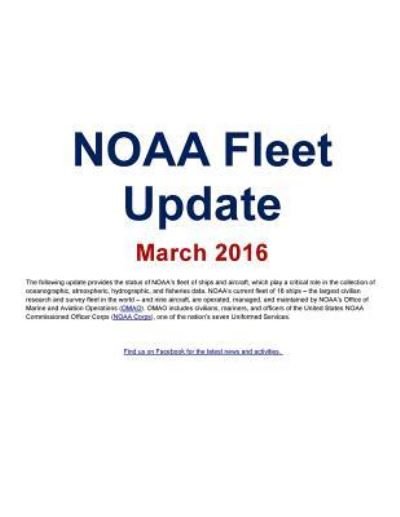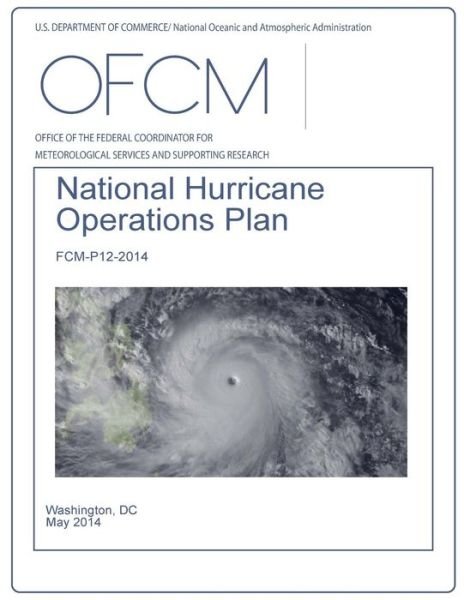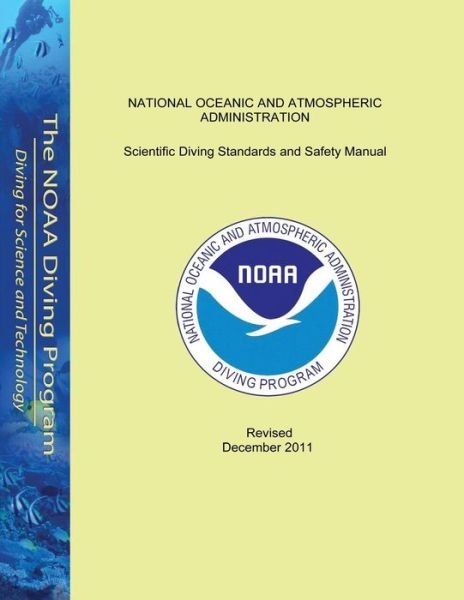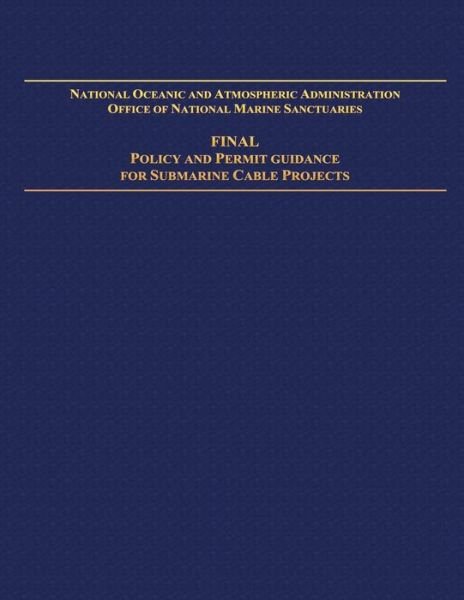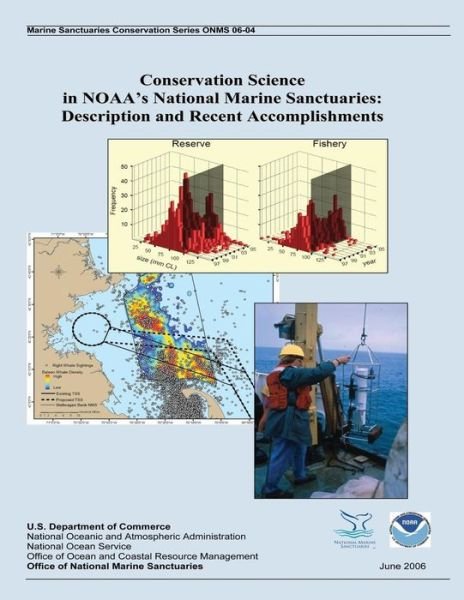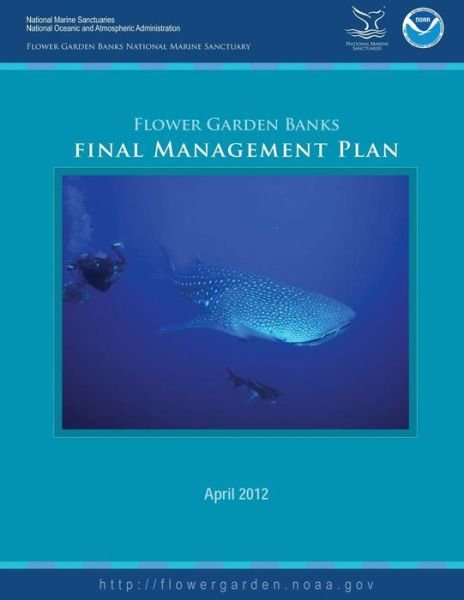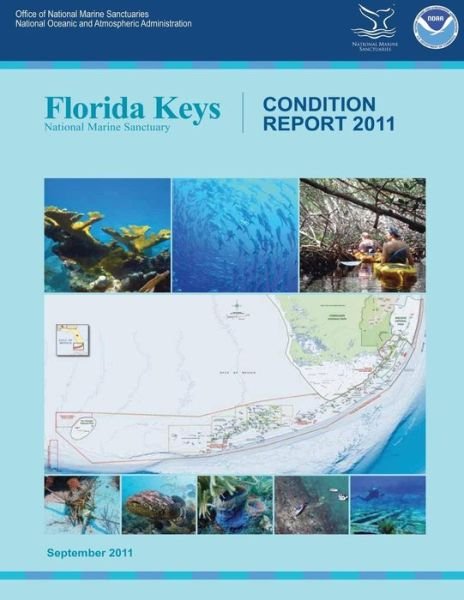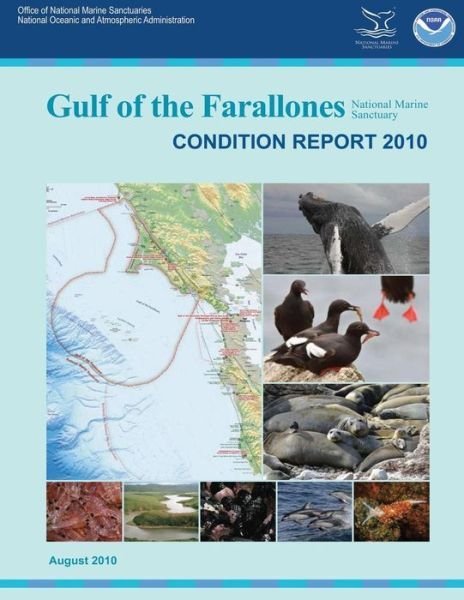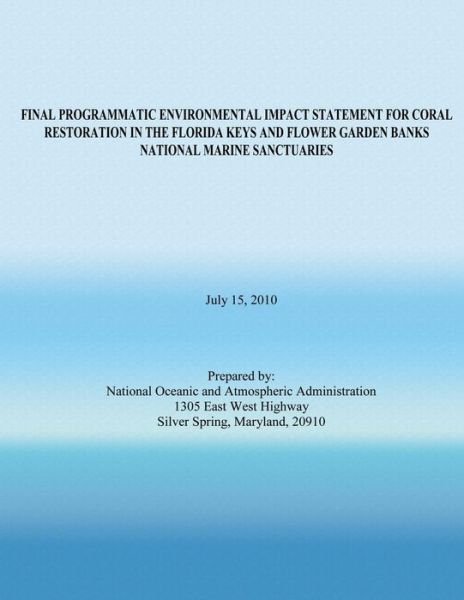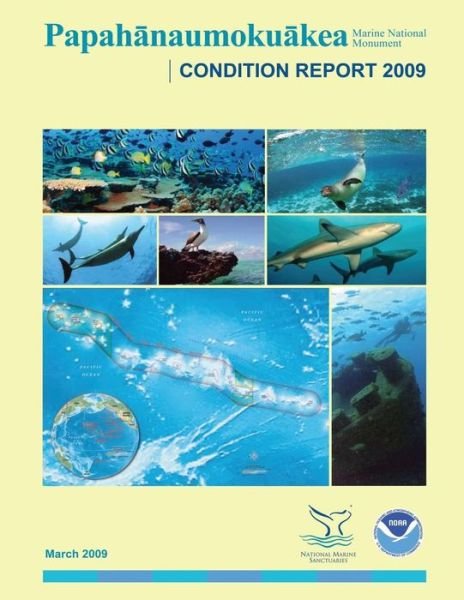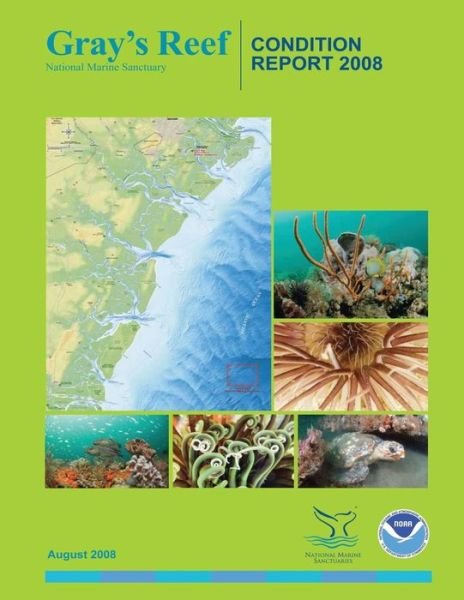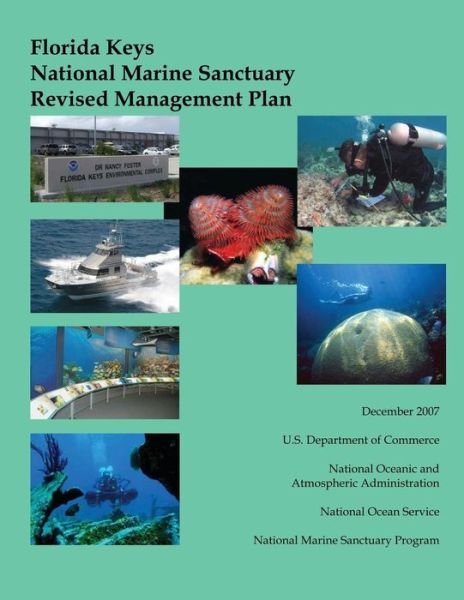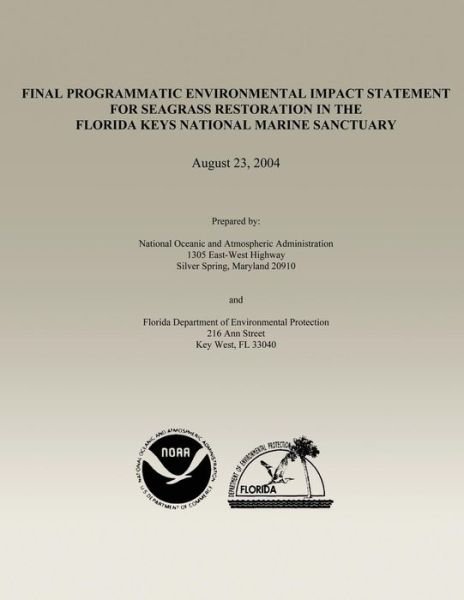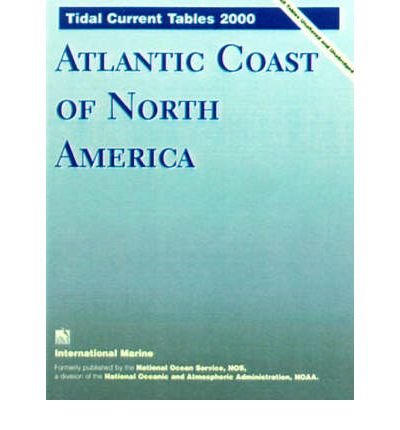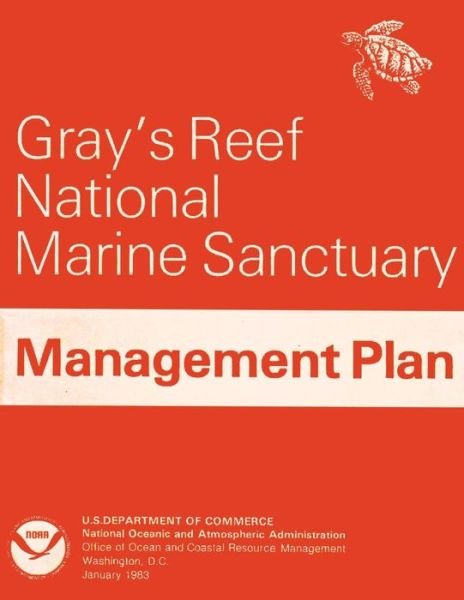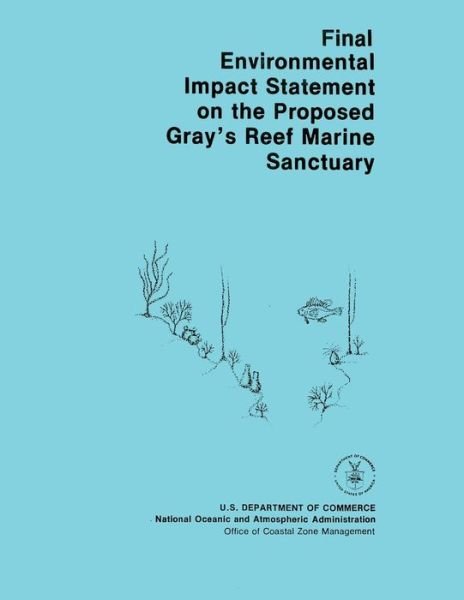
Tell your friends about this item:
Elwha River Fish Restoration Plan (Fish Stories)
National Oceanic and Atmospheric Adminis
Elwha River Fish Restoration Plan (Fish Stories)
National Oceanic and Atmospheric Adminis
The Elwha River Fish Restoration Plan (EFRP) is the scientific framework guiding efforts to return successful, reproducing fish to the Elwha River basin following removal of the Elwha and Glines Canyon dams on the Elwha River (Figure 1). The fish restoration effort will provide for the preservation of extant stocks during the dam removal process and the reintroduction of these fish populations into the Elwha River following dam removal. The EFRP has been jointly developed by the Lower Elwha Klallam Tribe (LEKT), Olympic National Park (ONP), Washington Department of Fish and Wildlife (WDFW), U. S. Fish and Wildlife Service (USFWS), and the Northwest Fisheries Science Center (NWFSC) of the National Marine Fisheries Service (NOAA Fisheries Service or NMFS). Development of the EFRP, including the selection of stocks to be restored and the strategies that will be used to restore them, has considered the physical constraints of dam removal, critical biologic issues, and specific regional management priorities. These fish restoration efforts, which focus primarily on anadromous salmonids, will use both natural recolonization and a variety of hatchery-based enhancement techniques. The first versions of the EFRP appeared in the Elwha Report (DOI et al. 1994) and in the Draft Environmental Impact Statement for Elwha River Ecosystem Restoration Implementation (DOI et al. 1996). Wunderlich and Pantaleo (1995) also prepared a detailed review of methods that could be used to reestablish naturally spawning populations of salmonids to the upper reaches of the Elwha River. These versions of the EFRP described timelines and cost estimates to restore native anadromous fish populations in the Elwha River following dam removal and identified options for restoring the 10 native anadromous salmonid stocks of the Elwha River. Cost estimates for the effort were based on hatchery improvements necessary to support fish production and outplanting efforts, and on generic personnel and equipment needs for monitoring adult returns. These versions of the plan did not address Endangered Species Act (ESA) considerations for Chinook salmon (Oncorhynchus tshawytscha) or bull trout (Salvelinus confluentus), nonsalmonid species, or refinements to the dam removal plan such as implementation of "fish windows" (planned delays in dam removal to reduce sediment transport and impacts to fish), all of which are addressed in this technical memorandum. Elwha River fish restoration planning efforts have given native or locally adapted stocks priority consideration during the development of restoration strategies (Wunderlich and Pantaleo 1995). Reviews conducted for each species-Chinook, coho (O. kisutch), chum (O. keta), pink (O. gorbuscha), and sockeye (O. nerka) salmon; steelhead (O. mykiss); coastal cutthroat (O. clarkii clarkii), bull trout and Dolly Varden (S. malma); and western brook lamprey (Lampetra richardsoni) and Pacific lamprey (L. tridentata)-are included in the plan, with an evaluation of historical population size and distribution within the drainage, current population size and stock status, and identified alternate donor stocks. Fisheries experts from local, regional, and international arenas contributed to this evaluation. Throughout the planning process, consideration was given to the genetic composition of stocks, fish health protocols, origin and stock history, hatchery domestication impacts, and the availability of suitable numbers of fish needed to achieve effective breeding populations.
| Media | Books Paperback Book (Book with soft cover and glued back) |
| Released | January 18, 2016 |
| ISBN13 | 9781523454891 |
| Publishers | Createspace Independent Publishing Platf |
| Pages | 170 |
| Dimensions | 216 × 280 × 9 mm · 408 g |
| Language | English |



